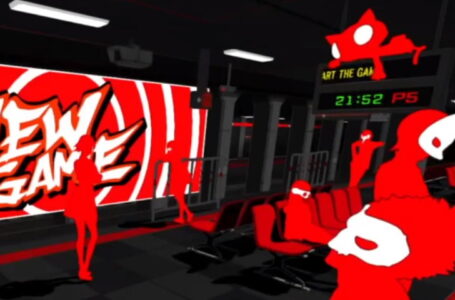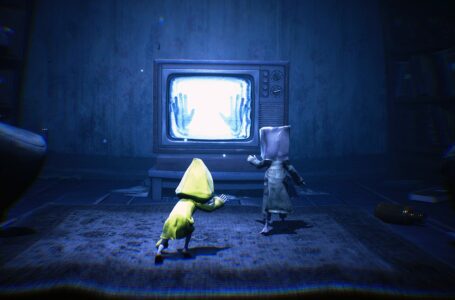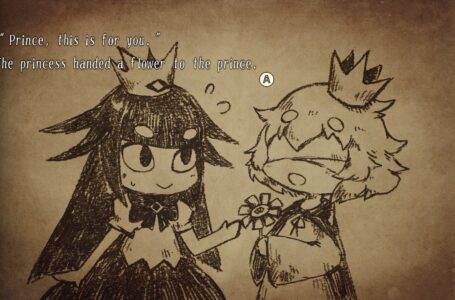Appreciating the beauty of holding hands in video games
Sometimes I like to address very specific topics because I personally would absolutely love to see them talked about more. (Go nuts, yesterday I wrote about the Auto button in visual novels – Ed.) So for today I am doing exactly that with a specific gameplay mechanic I wish to see more often in video games: holding hands mechanics.
No, I’m not talking about the way modern games don’t trust you to be able to figure out that the left analogue stick moves you these days, but rather the literal ability for game characters to hold hands with one another within the game world. Here’s why I love it so much.
The iconic OG video game hand-holders
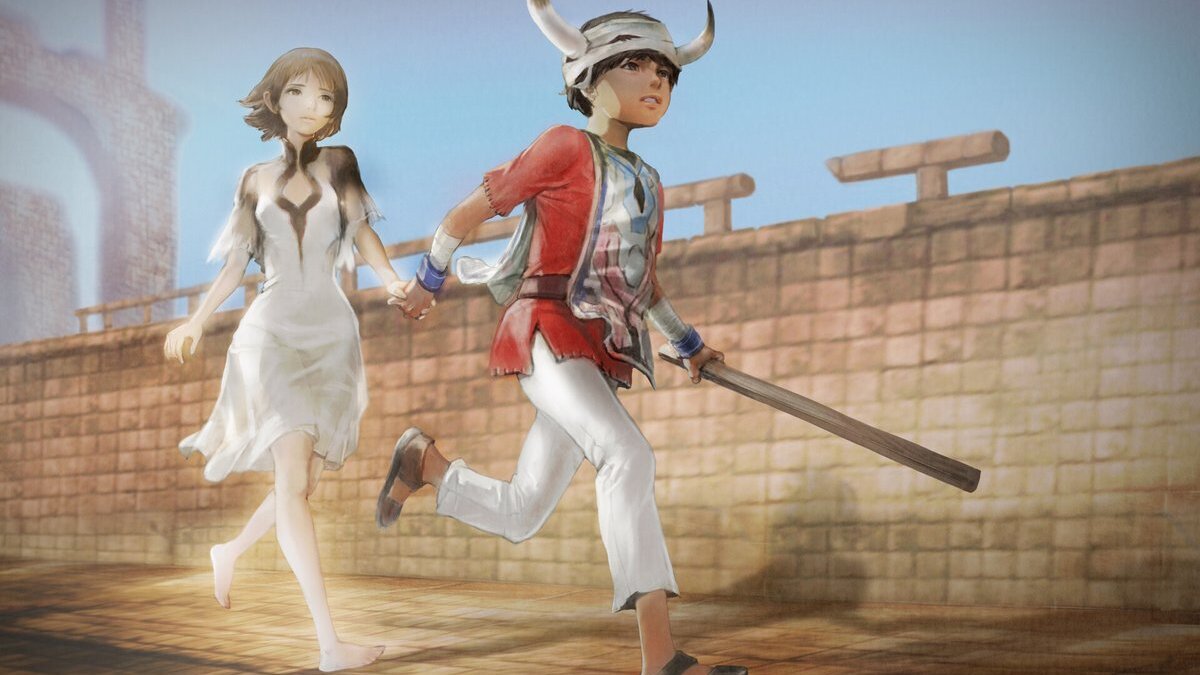
2001’s ICO will probably be the first game that comes to mind when thinking about holding hands in games. In ICO, players are the titular Ico, whose entire mission is the saving of perpetual companion Yorda. As a central game mechanic of the title, holding her hand is required to get both characters to go in the intended direction and reach their eventual destination across the game’s levels and chapters. Yorda needs to be escorted everywhere as Ico leads her around, grabs her from drop points and pulls her up and over ledges, to name just a few scenarios.
Most importantly, this hand-holding mechanic is the only significant indication we have of the development of the bond between the pair. This is key, since Yorda speaks a completely different language to Ico, depicting the emotional weight of their relationship occur without words we recognise. The weight of it all is well and truly felt once Ico eventually gets separated from Yorda.
It goes without saying that with this mechanic as a staple of the game itself elevates the title significantly. Simply take into account how it is so fluidly animated and how it captures even the natural stumbles one makes when moving across uneven terrain or when Ico outpaces Yorda. That’s not to mention the importance of its controller vibration setting that further adds weight to this simple core element to the game. You will be missing the soft rumbling of having pressed a single button to connect the pair together later on down the line.
It’s more than simple escorting
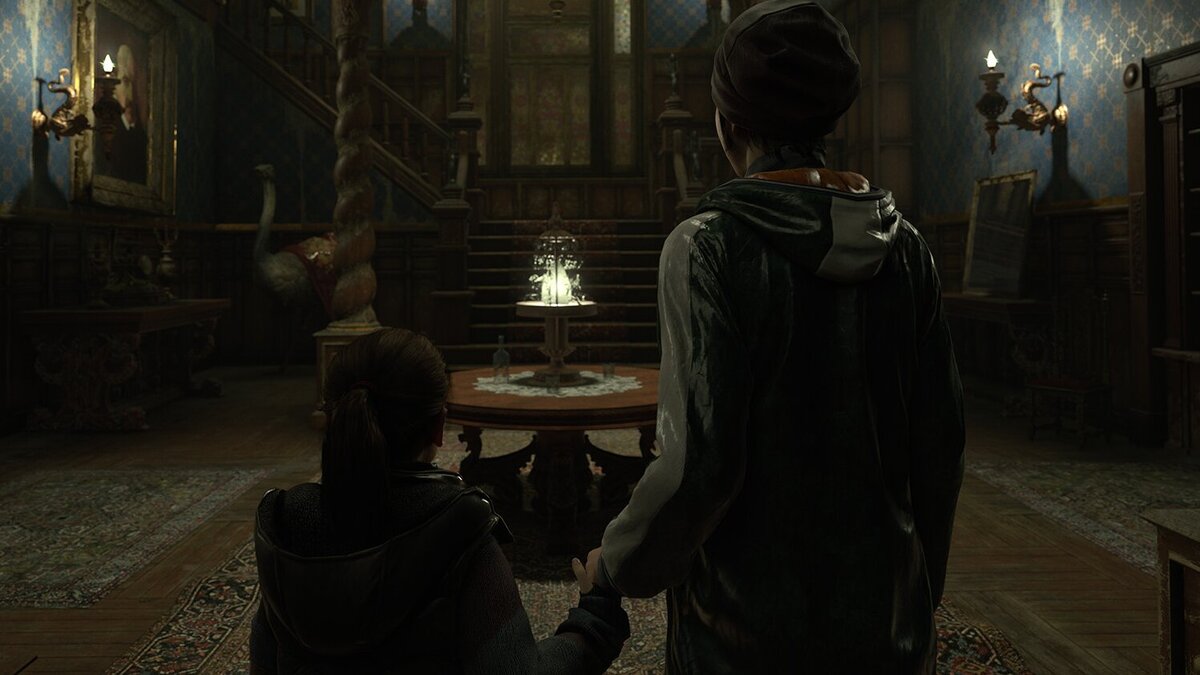
Time for a more modern example with Detroit: Become Human, which has its players follow three characters who are tied to the ongoing events of its world at different locations. Things constantly hang in the balance as an uprising occurs within the futuristic Detroit, where androids are becoming increasingly sentient.
Out of the three playable characters, one is a female android, and she takes on a parental role to a young girl named Alice that she is meant to provide service to.
The android, Kara, finds a will of her own when wanting to protect Alice from her abusive father, and flees with her once she becomes a deviant. She breaks the limitations of her system and master’s orders because of this single maternal instinct, despite her being an android. We’re also reminded of Kara’s reason for living as soon as we become friends with Alice, as this introduces the hand-holding mechanic of the game, exclusively as part of her plotline.
Alice is an NPC who takes no actions of her own in the game, and we are meant to protect her for this entire narrative. It’s worth mentioning that no ending to Kara’s storyline in the game is truly satisfying if it doesn’t involve having her live alongside Alice. Throughout your time playing as Kara, the option to hold Alice’s hand reinforces the one and only good ending they both deserve: to be with one another.
Mechanically meaningful each and every time
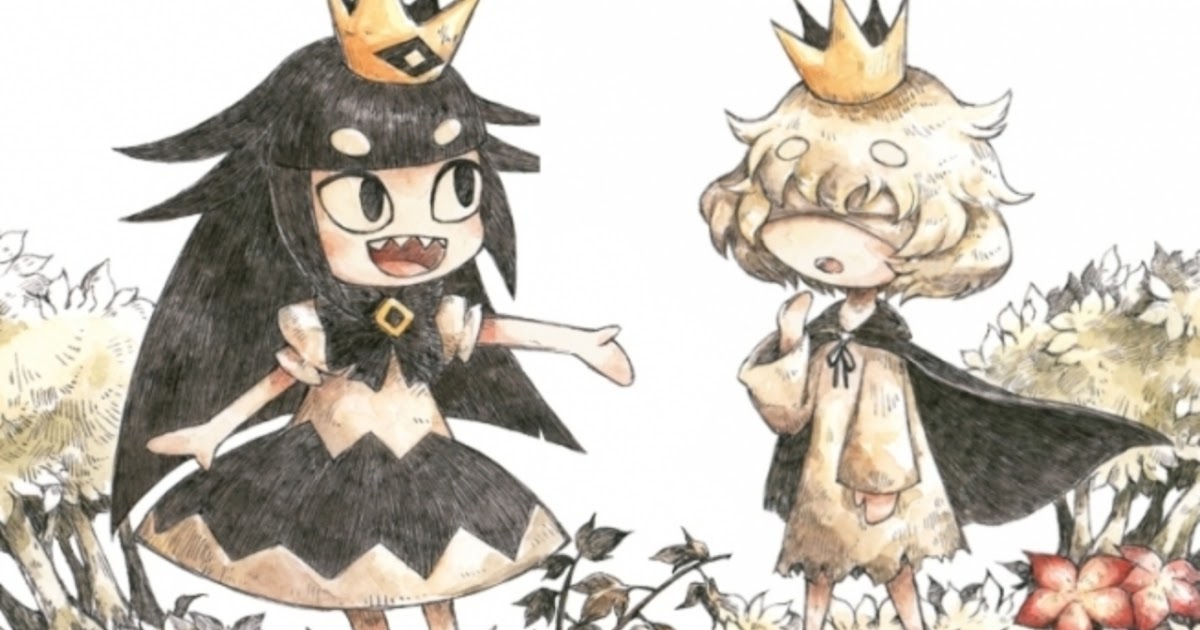
In other examples, hand-holding can be a unique way to further push the tragic angle of a story. More recently released platformers such as Little Nightmares II and The Liar Princess and the Blind Prince ran with this idea to deliver some of the most emotional endings to grace modern gaming, with said mechanic being key to its success. In the latter example, holding the hand of the blind prince allows the player to better guide him with clearer instructions or by simply leading him across in his side-scrolling fairy-tale adventure.
The princess who initiates each and every hand holding can only do so in her Princess form. As an actual wolf who likes to sing at the moon, she exchanged her voice for the ability to transform into a young girl. As the culprit who accidently blinded the prince, she sets off on a quest to deliver him to a witch to restore his sight.
Such a core element of the game does a lot to silently reinforce many aspects of its design – be it the ever-growing relationship between its titular pair of characters, or the way in which it is so narratively significant, since it acts as a silent reminder of the Princess’ persistent lies juxtaposed with their developing trust and emotional connection. If you have played the game then you will ultimately understand just how important the idea of holding hands is to the storyline and progression of this title in particular.
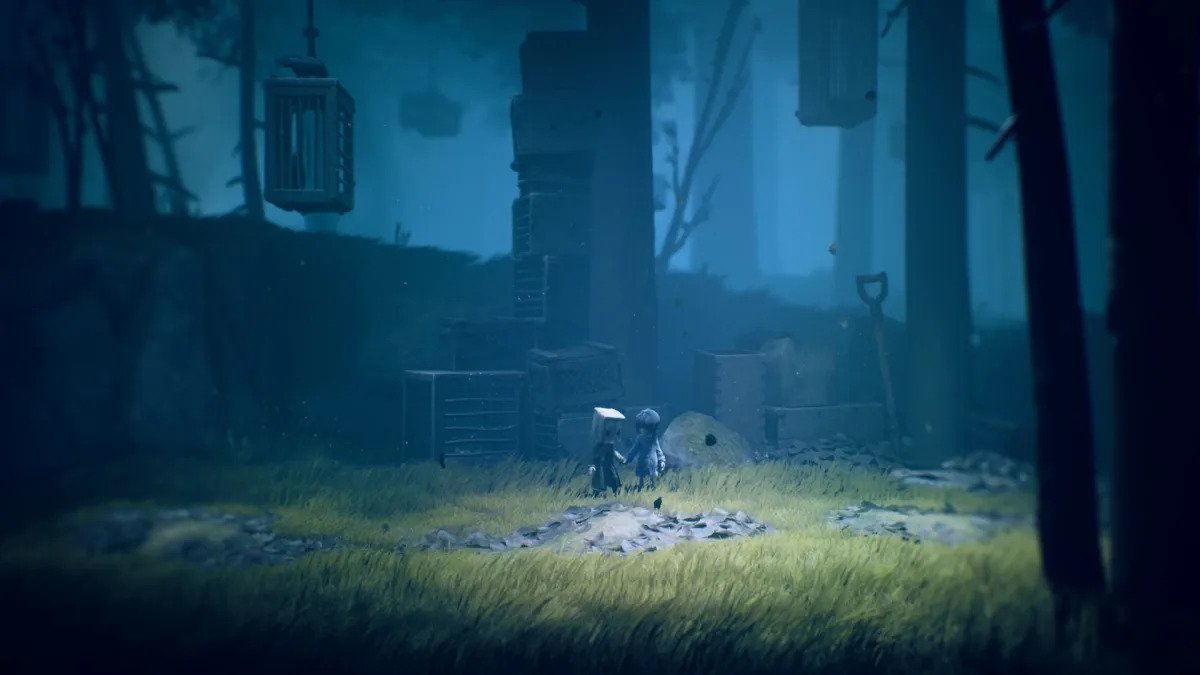
This hits, but in the other extreme we have something that broke our hearts so much so that we are still picking up the pieces even now. Little Nightmares II sets players up with this mechanic that they can either commit to or completely ignore. In any case, it is meant to solidify the main duo: that of Mono and Six’s friendship. Their unity and the resulting bond that develops — one that is made so strong and appealing through their shared journey, hardships and the way in which they keep one another safe — is all intended to make its finale even more of a sucker-punch, thanks to its simple inclusion as an optional playstyle within its core design.
With the majority of the franchise’s fans already feeling a sense of fondness or commitment to Six herself as the main character of the game’s predecessor, wanting to better guide her across the game would surely be natural for any fan of the first game. We would therefore expect that the pair will indeed keep each other safe, but instead, Little Nightmares II acts as a literal spiritual antithesis of what ICO explored through the exact same hand-holding mechanic.
Before we wrap this up, let’s go back to being a bit more positive here. In a completely different approach, hand-holding is also used as a broader connection string rather than being exclusively tied between a pair – therefore unlike the rest of the games mentioned in this article. Sky: Children of the Light involves befriending other online players in order to fulfil quests and progress through its levels. This involves unlocking hand-holding, which can ultimately lead into the possibility of uniting up to eight players together by making a chain with a simple press of one button.
This touching and personal act is doubly impactful and meaningful when we consider the multiplayer aspect of the game itself – something that makes the journey feel all that more connected and shared across its entire player base.
All in all, to say I’m excited to see the upcoming Eternights is a massive understatement. As a lover of such a simple mechanic, seeing it be a important part of a new game title like this makes me ever so excited. Here’s hoping the game lives up to its promise!
Join The Discussion
Rice Digital Discord
Rice Digital Twitter
Rice Digital Facebook
Or write us a letter for the Rice Digital Friday Letters Page by clicking here!
Disclosure: Some links in this article may be affiliate links, which means we may earn a small commission if you make a purchase after clicking on them. This is at no additional cost to you and helps support Rice Digital!
- Sigh of the Abyss: Shadow Bonds – Prologue Review - October 7, 2023
- Is She The Wolf? is wickedly addicting TV - October 6, 2023
- The steady consumption of Slow Damage - October 5, 2023




